|
Ultraleap’s touchless technology could prove a game-changer for health-conscious attractions and their visitors.

Tom Anstey | Planet Attractions | 07 Dec 2020
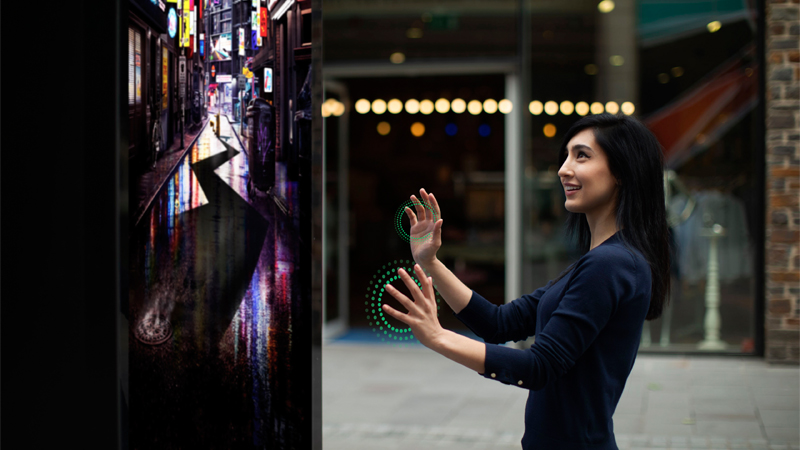
 Touchless technology has a number of potential applications Credit: Ultraleap Touchless technology has a number of potential applications Credit: Ultraleap
In a year where the general population and the visitor attractions community have become possibly more aware of their health than ever before, a groundbreaking technology could offer a new level of protection, removing the need to physically touch a touchscreen device.
Developed by Ultraleap, specialists in haptic and hand tracking technology, TouchFree tracks the user’s hand in a 3D space, allowing them to use a touchscreen without actually touching it.
The device, which uses an Ultraleap camera module and hand tracking software alongside the TouchFree application, can be retrofitted to existing kiosks and touchscreen devices, with the program running invisibly on top of existing user interfaces without the need for modifications to the existing interface.
New challenges create new solutions
With the world in the midst of a global pandemic, new challenges have been created for practically every industry.
“Suddenly, touch and interaction in public areas come with a fear of contact with the ‘unseen enemy,” says Saurabh Gupta, director of OOH Product at Ultraleap, speaking to Planet Attractions.
“Touchless technologies like virtual haptics and hand tracking technologies provide a digital solution to this challenge by allowing us to interact with interfaces in mid-air, providing an effortless, clean and intuitive experience.”
In addition to offering a hygienic solution, haptics and hand tracking, says Gupta, are also powerful tools for gaining visitor attention and increasing user engagement due to the interactive element of the technologies.
Futuristic in its concept, touchless engagement is something that should fit nicely into the modern visitor experience.
The technology is already being used in the visitor attractions market, with Ultraleap agreeing a deal with Cortina Productions earlier this year to use the TouchFree program to create touchless interactive exhibits in both museums and aquariums.
Using the technology, Cortina will not only create a variety of new, 3D interactive interfaces, but it will also seek to retrofit existing touchscreen-based experiences for museums where possible, to help solve the immediate need for safe and more engaging experiences in a post-COVID-19 environment.
“Our relationship with Cortina began a few years ago when we both worked on the new Pacific Visions wing at the Aquarium of the Pacific,” says Gupta. “They were also an early adopter of TouchFree and helped us to define a successful application by providing essential feedback on the technology.”
Further applications
Elements of Ultraleap’s technology have also been used on several major rides and attractions around the world.
The company’s hand tracking is already embedded in the seats of the Lego Ninjago ride in six different Legoland’s around the world, and you can find the technology in The Twilight Saga: Midnight Ride experience at Lionsgate Entertainment World in the special VR headset that DreamCraft Attractions designed for the installation.
A partnership between Ultraleap and the CEN Media Group will also see Ultraleap’s haptic technology deployed at cinemas in 10 cities across the US. In this instance, it will be used to create interactive movie posters designed to engage and entertain moviegoers. Ultraleap also has similar partnerships with Lego and Skoda UK for out-of-home advertising.
“The potential for haptics is limitless,” says Gupta. “It’s a whole new way for humans and machines to communicate and we’re only just understanding it’s full capabilities and applicability.
COVID-19 has highlighted both the concerns around touching public surfaces as well as the importance of touch for human connection. We’re excited to see how mid-air haptics can continue to influence and blur the digital and physical boundaries we live in today.”
Visitor attractions
|
|
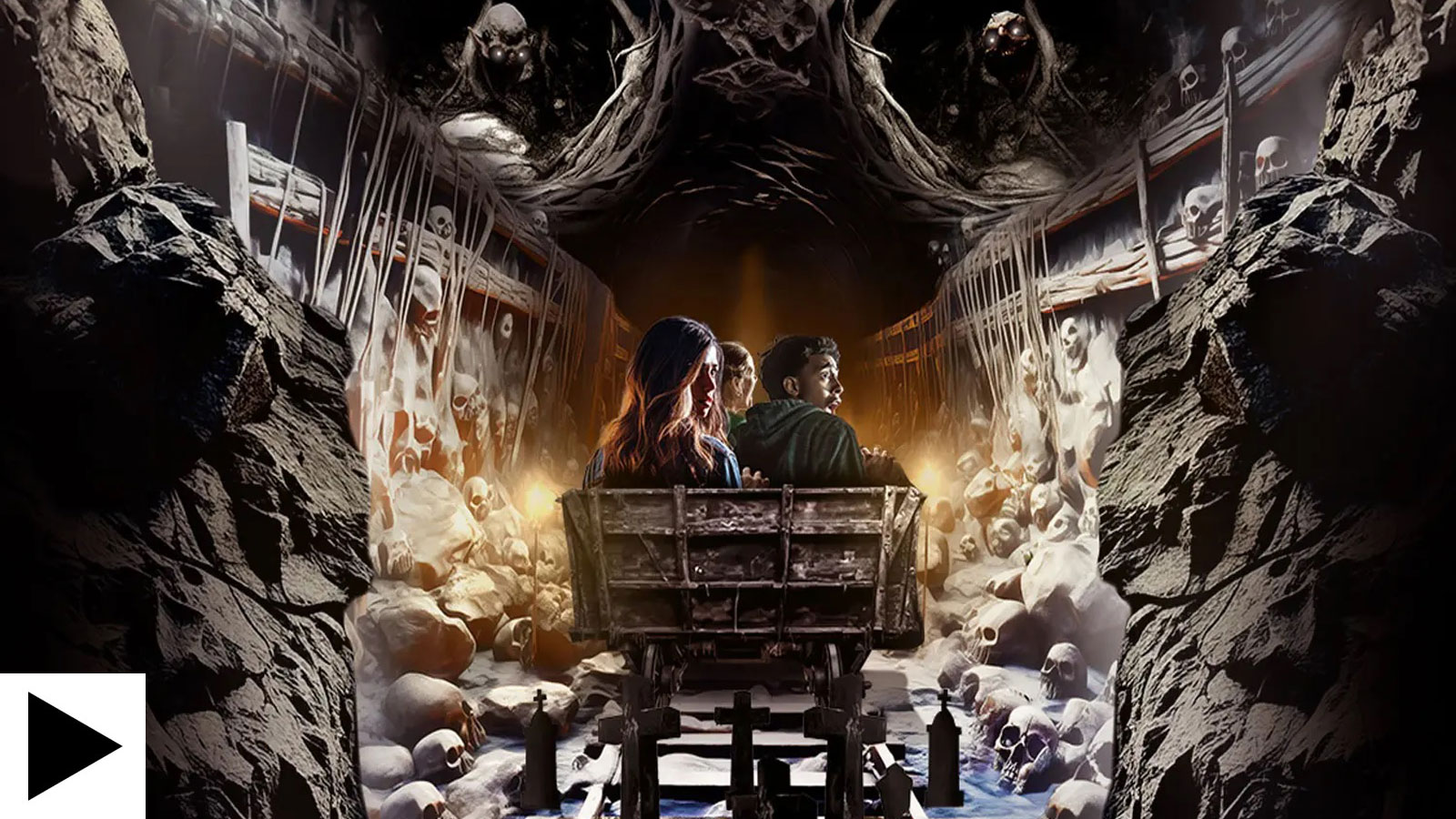


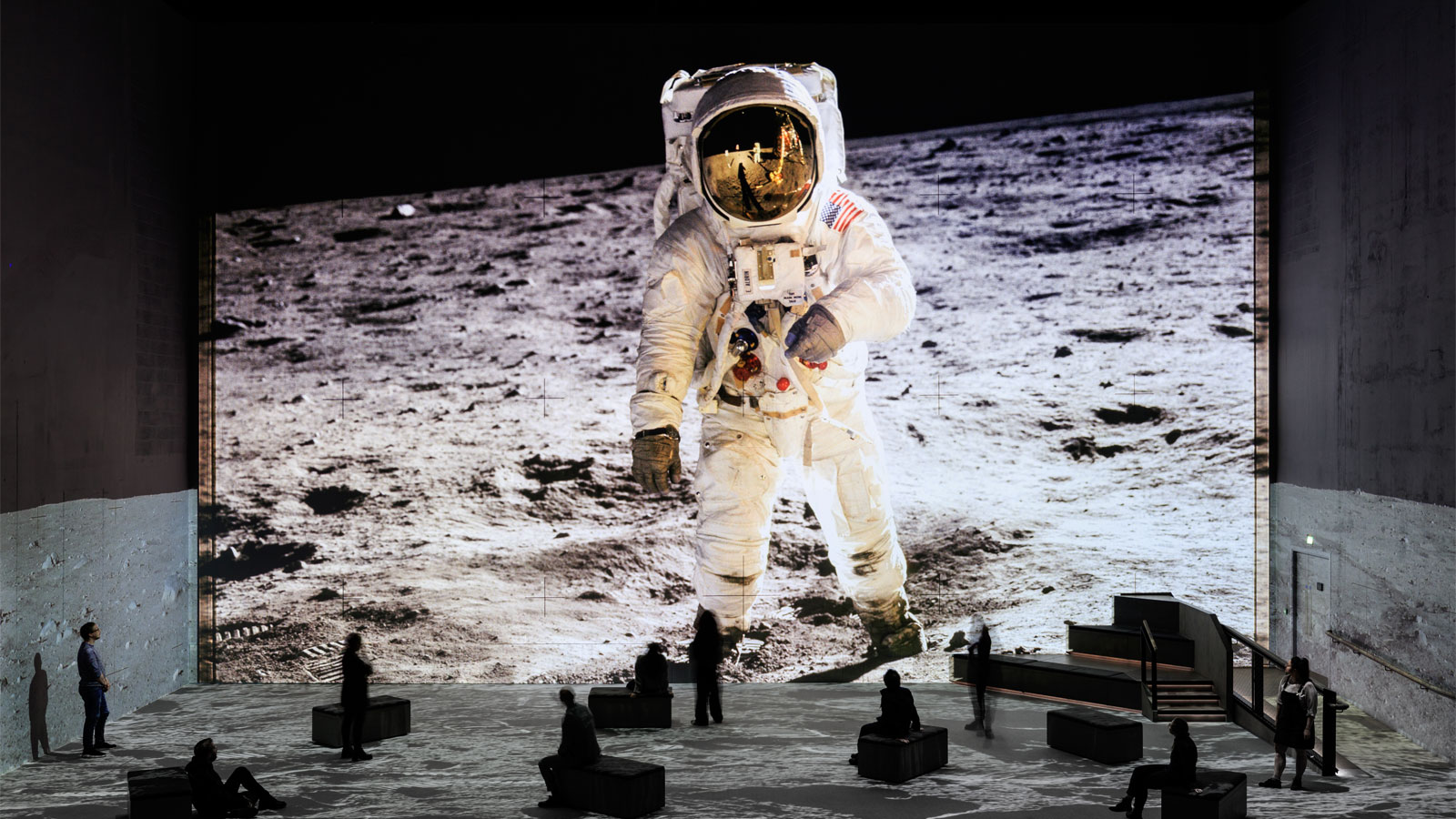
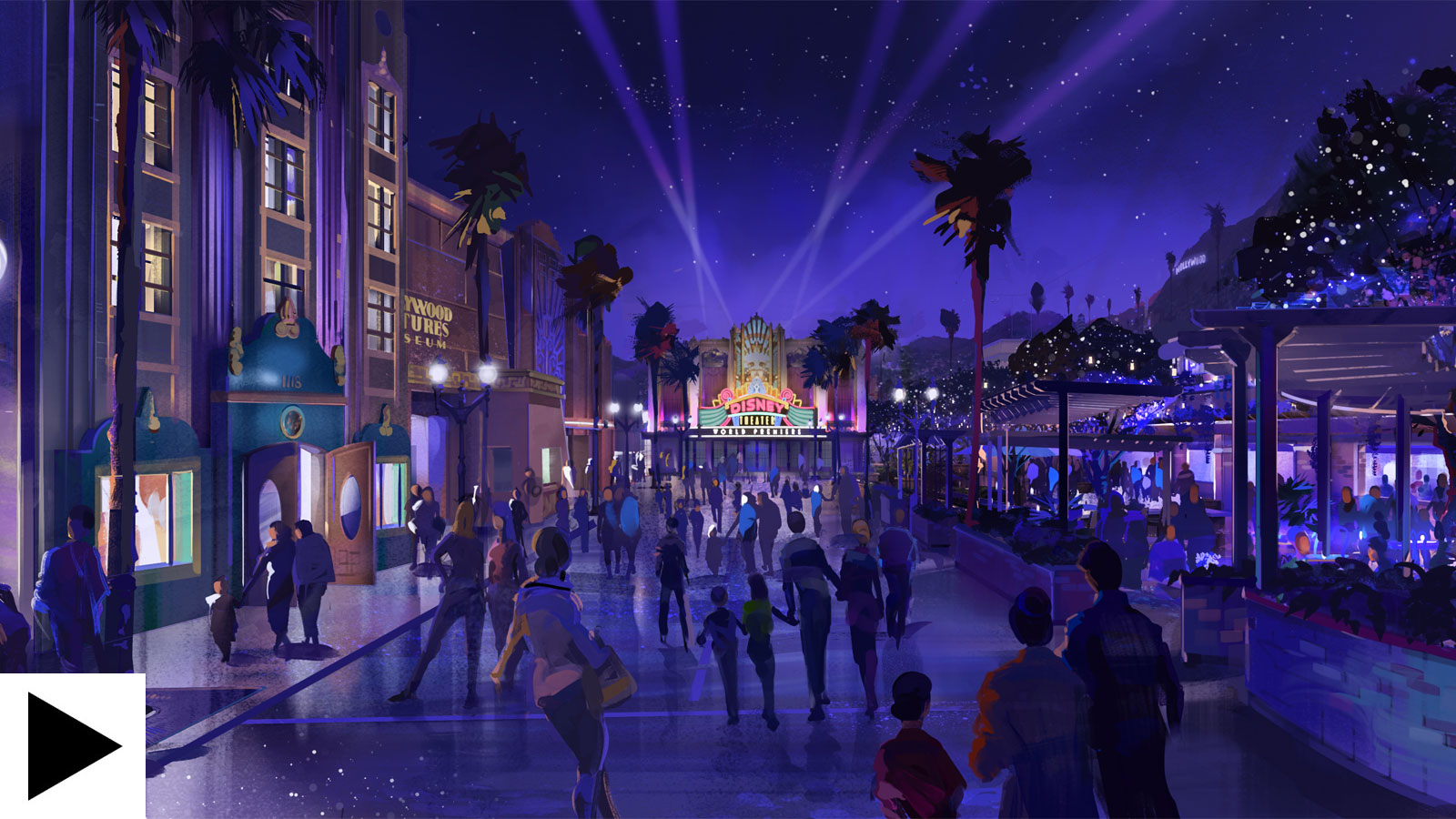
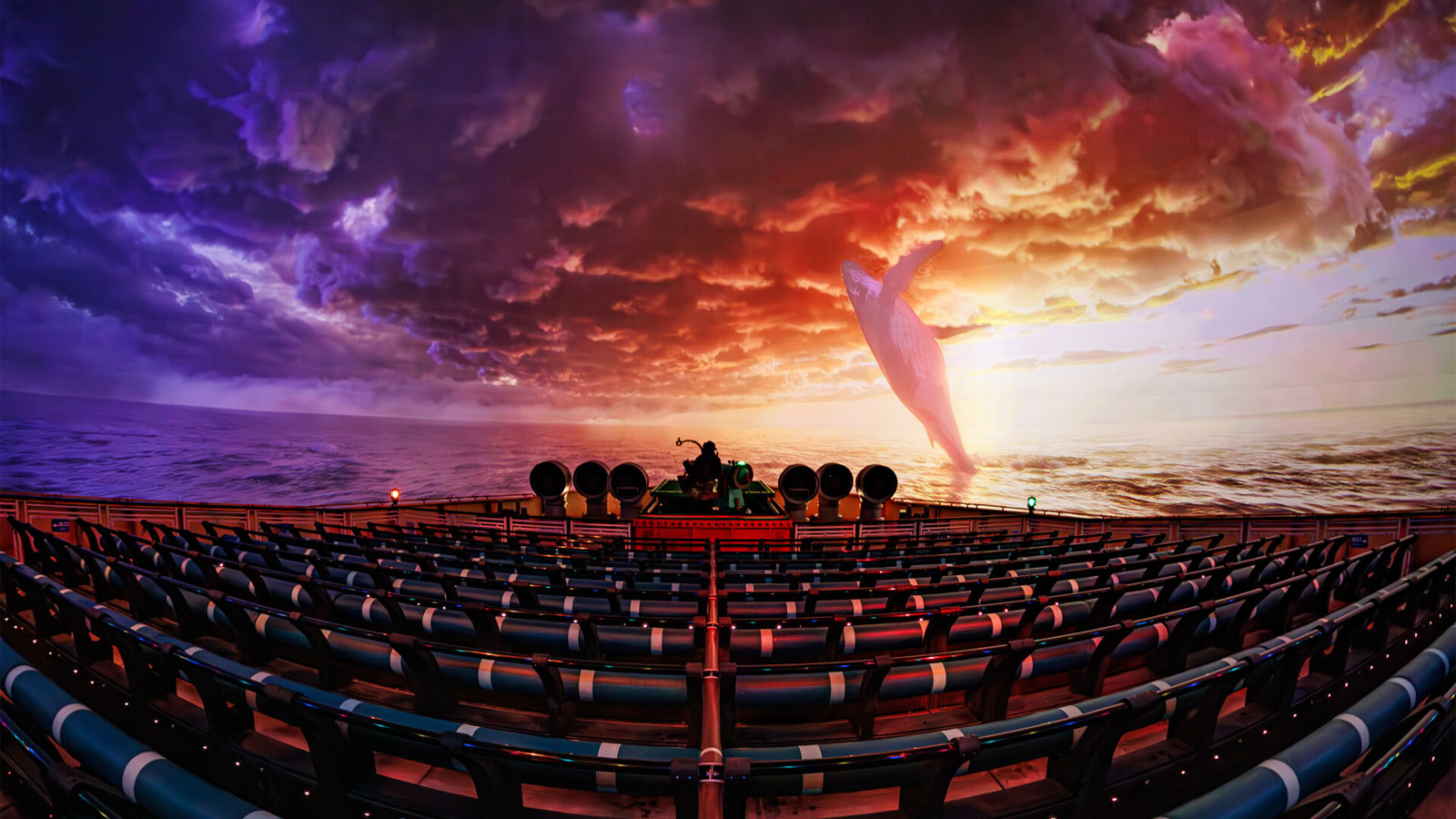
Storm surge: How Chimelong Spaceship’s award-winning and record-breaking Bermuda Storm was brought to life
|